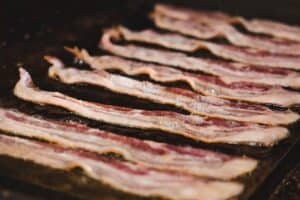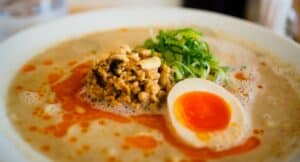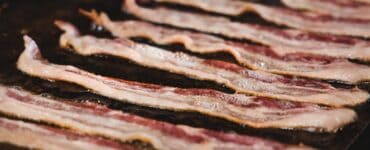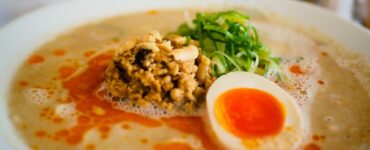Gluten free pasta is a great alternative for those who are gluten intolerant or have celiac disease. However, one problem with gluten free pasta is that it often sticks together after cooking. This can make it difficult to serve and eat. Fortunately, there are a few things you can do to help prevent your gluten free pasta from sticking together.
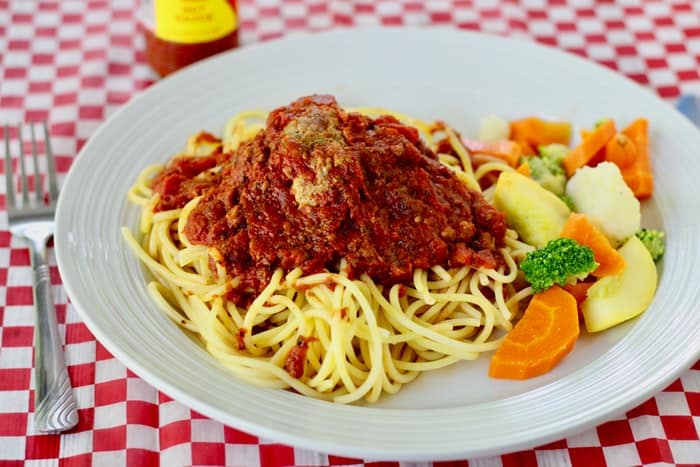
Causes of Gluten Free Pasta Sticking Together
Ever since gluten-free pasta hit the market, cooks have been struggling to find a way to make it not stick together. While some people say that adding oil or eggs helps, others find that this only makes the pasta greasy. A recent study may have found the reason why gluten-free pasta sticks together: It’s the starch.
Pasta is made from flour, which is a blend of wheat and other grains. When these grains are ground into flour, their starches mix together. This is what gives pasta its unique texture and helps it to hold sauce well. Gluten-free flours don’t have this same mix of starches, so when they’re combined to make pasta, they tend to clump together.
The good news is that there are ways to prevent this from happening.
How to Prevent Gluten Free Pasta from Sticking Together
Pasta is a staple food for many people, both with and without gluten sensitivities. However, gluten free pasta can be notoriously sticky and difficult to work with. Below, we will share a few tips on how to prevent gluten free pasta from sticking together.
Preheat the Pan Before Adding the Pasta
One way to prevent gluten free pasta from sticking together is to preheat the pan before adding the pasta. This will help to create a layer of heat between the pasta and the pan, which will prevent them from sticking. Additionally, using a non-stick spray or oil can also help to prevent sticking.
Add a Small Amount of Olive Oil to The Water
Prevents gluten-free pasta from sticking together and forming clumps by adding a small amount of olive oil or butter. The addition of a lipid to the cooking water creates a barrier between the pasta strands, preventing them from sticking together. This results in a less sticky, more uniform texture that can easily be coated in your favorite sauce.
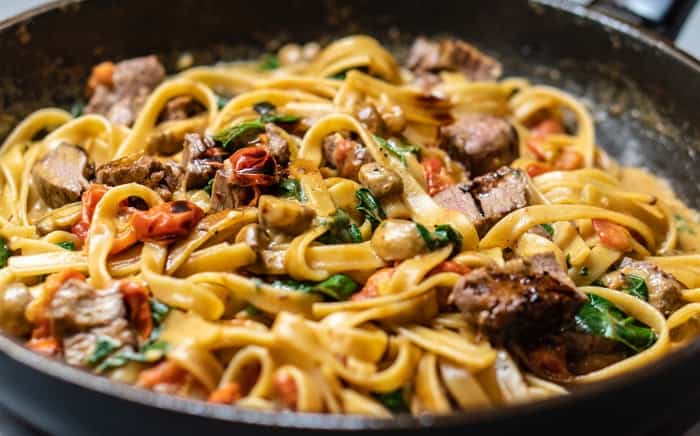
Do Not Overcook the Pasta
One of the challenges of cooking gluten free pasta is making sure it does not stick together. While there are a few ways to prevent this, the most important thing is to not overcook the pasta. Gluten free pasta should be cooked for about 8 minutes, or until it is soft but still has a little bit of a bite. If it is overcooked, it will likely stick together.
Rinse It with Cold Water
Once the pasta is cooked, rinse it with cold water until it is cool to the touch. Rinsing gluten free pasta with cold water helps prevent the pasta from sticking together. This is because the cold water causes the starch on the surface of the pasta to contract, which creates a tighter surface and prevents the pasta from sticking together.
Common Mistakes People Make When Cooking Gluten-Free Pasta
Cooking gluten-free pasta can be a little tricky the first time you do it, but with a few simple tips, you’ll be a pro in no time. Here are the most common mistakes people make when cooking gluten-free pasta:
Not Boiling the Pasta Long Enough
When cooking gluten-free pasta, it’s important to follow specific instructions to ensure the pasta is cooked properly. Gluten-free pasta should be boiled for at least 12 minutes in order to achieve the correct consistency. Failure to boil the pasta long enough can result in a gummy texture. Additionally, over boiling gluten-free pasta can cause it to become sticky or fall apart. It’s also important not to rinse the cooked pasta with hot water, as this can also make it sticky.
Not Adding Enough Salt to The Water
One common mistake people make when cooking gluten-free pasta is not adding enough salt to the water. This can cause the pasta to be bland and not taste as good as it should. It’s important to add enough salt to the water so that the pasta can absorb the flavor and taste great.
Adding Too Much Sauce or Toppings
When cooking gluten-free pasta, it is important not to add too much sauce or toppings. This is because the pasta will become sticky and will not cook evenly. It is best to add a small amount of sauce or toppings and then wait until the pasta is cooked before adding more.
Using the Wrong Type of Sauce
Cooking gluten-free pasta can be a challenge because there are so many different types of pasta sauces. Many people tend to make is using the wrong type of sauce. For example, if you are using a creamy sauce, you should use a gluten-free pasta that is made with corn or rice flour. If you are using a tomato-based sauce, you should use a gluten-free pasta that is made with quinoa or buckwheat flour.
Cooking the Pasta at A Lower than Recommended Temperature
Cooking the pasta at a lower than the recommended temperature can make your pasta become gummy and sticky. Gluten-free pastas are specially formulated to not contain gluten, but they will not cook properly if the heat is too low. When cooking gluten-free pasta, be sure to use a pot of boiling water and cook it according to package directions.
Using Too Much Oil or Butter
Using too much oil or butter can cause the pasta to become greasy and oily, which is not only unhealthy but also unpalatable. A good rule of thumb is to use about 1-2 teaspoons of oil or butter per serving of pasta. If you are looking to add more flavor to your pasta dish, you can use a flavored oil or butter, such as garlic butter or olive oil.
Why Does Gluten-Free Pasta Become Hard and Brittle when Cold?
There are many people who must avoid gluten in their diets, whether for health reasons or because they are celiac. For these people, eating pasta can be a challenge, as many types of pasta contain gluten. Fortunately, there are now gluten-free pastas available. However, some people have found that when these pastas are cold, they become hard and brittle.
There has been some reasons as to why this happens. One reason is that the cold temperature causes the starch in the pasta to crystallize, making it harder and more brittle. Another possibility is that the gluten-free pastas do not have as much of a binding agent as regular pasta, so they become harder when cold. Whatever the reason may be, it is something that those who eat gluten-free pasta need to be aware of.
Conclusion
In conclusion, follow these tips to make sure your gluten free pasta doesn’t stick together, and enjoy a delicious meal! Gluten free pasta can be a great way to enjoy a meal without worrying about your diet, and with a little preparation, you can make sure your pasta is delicious every time.


